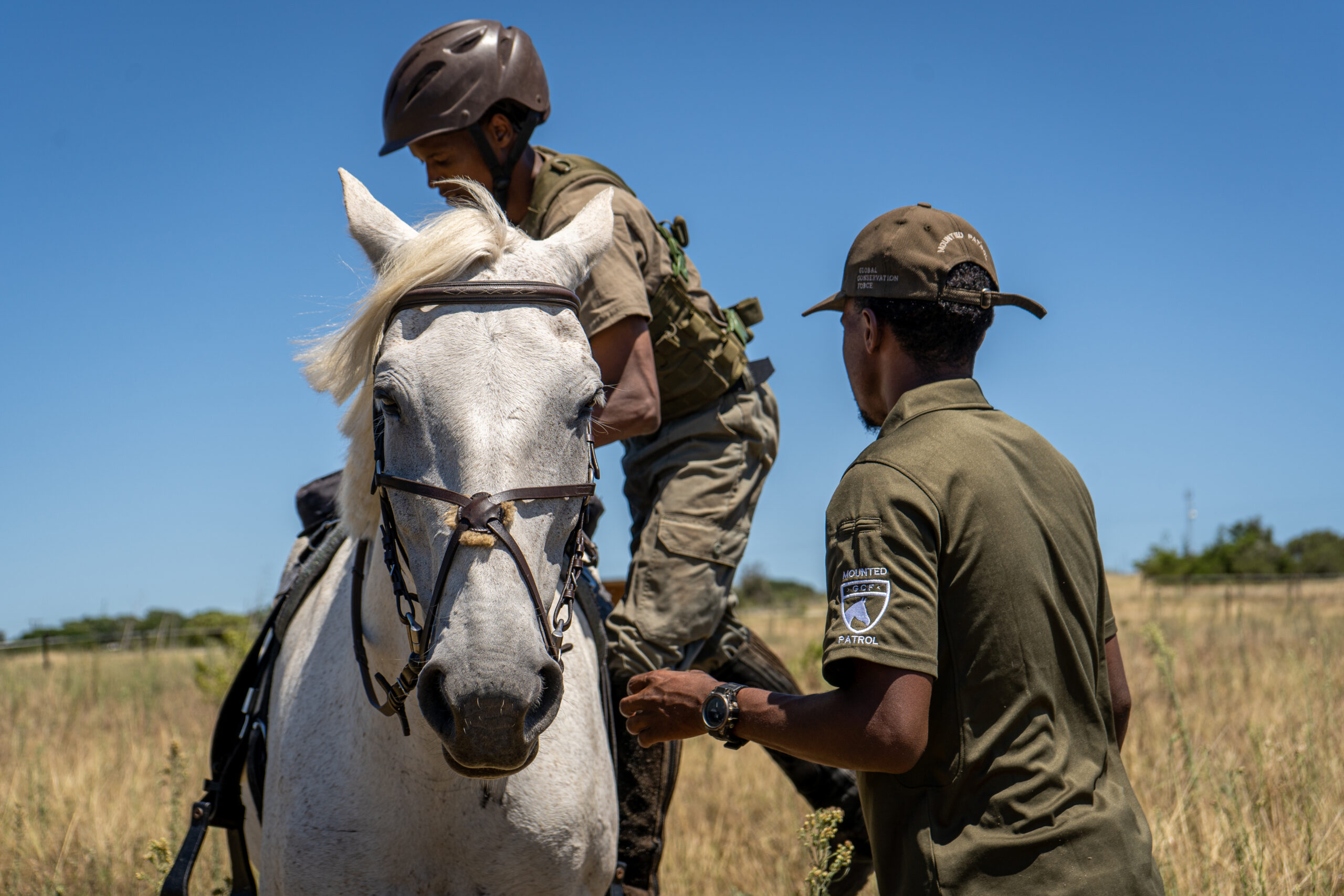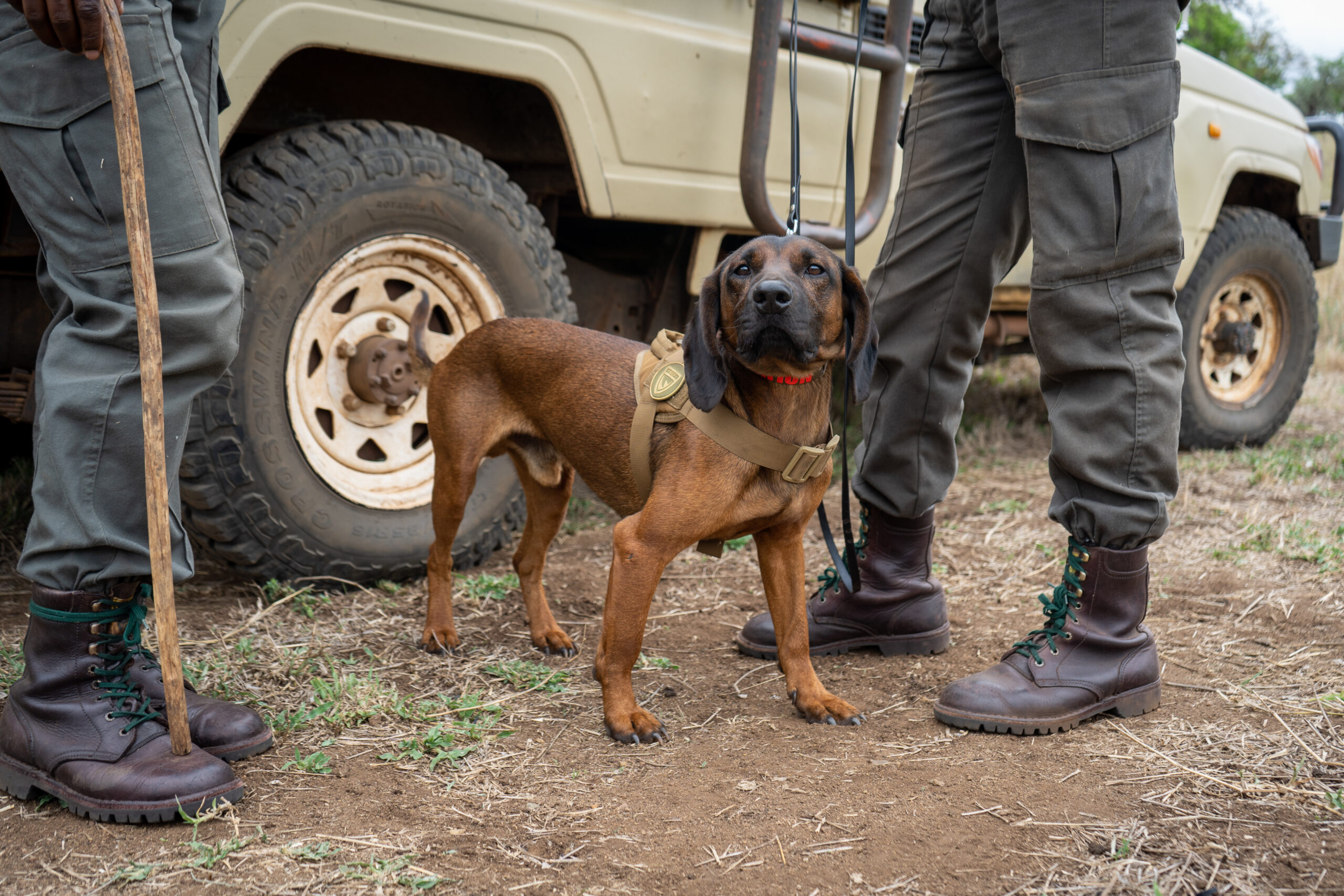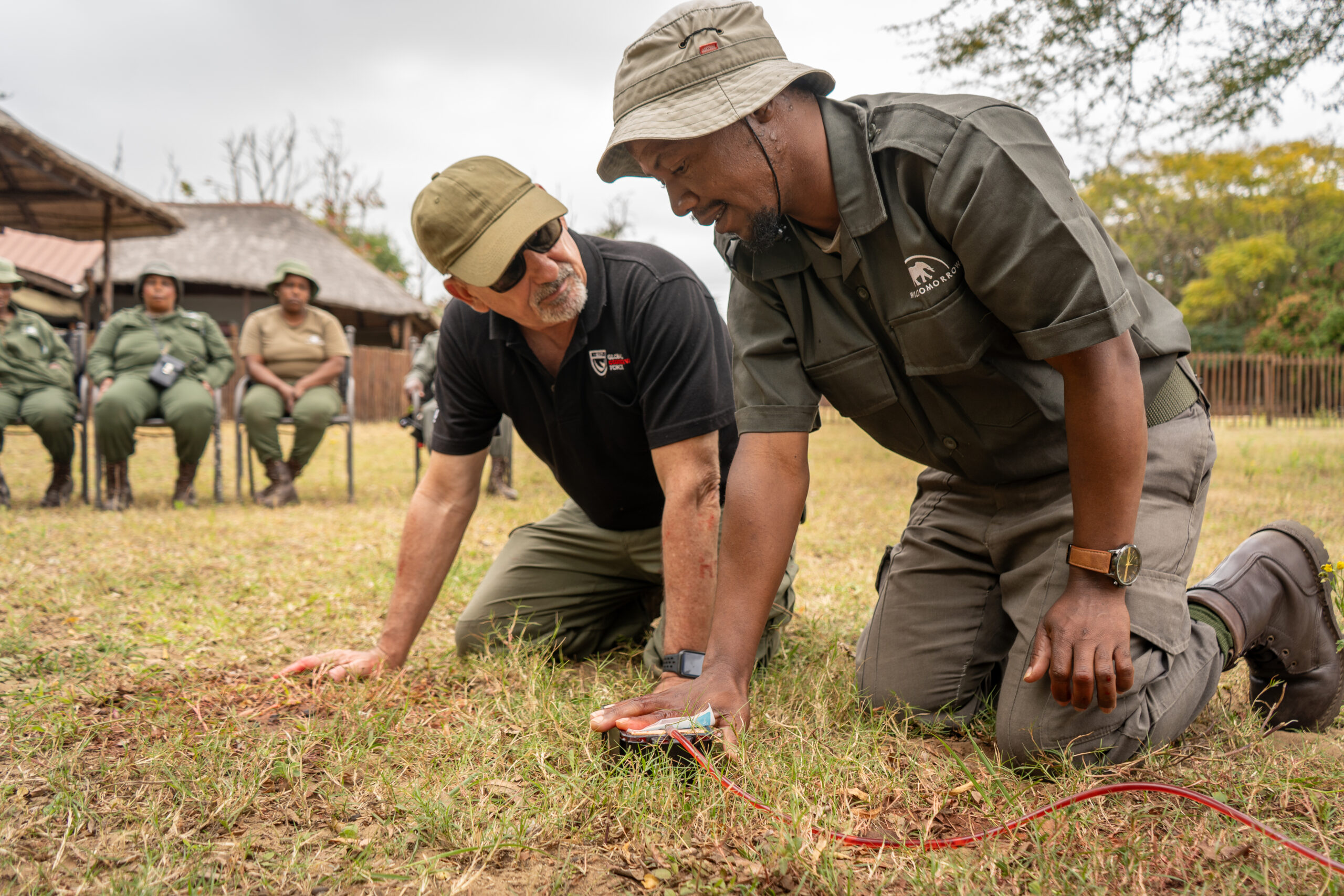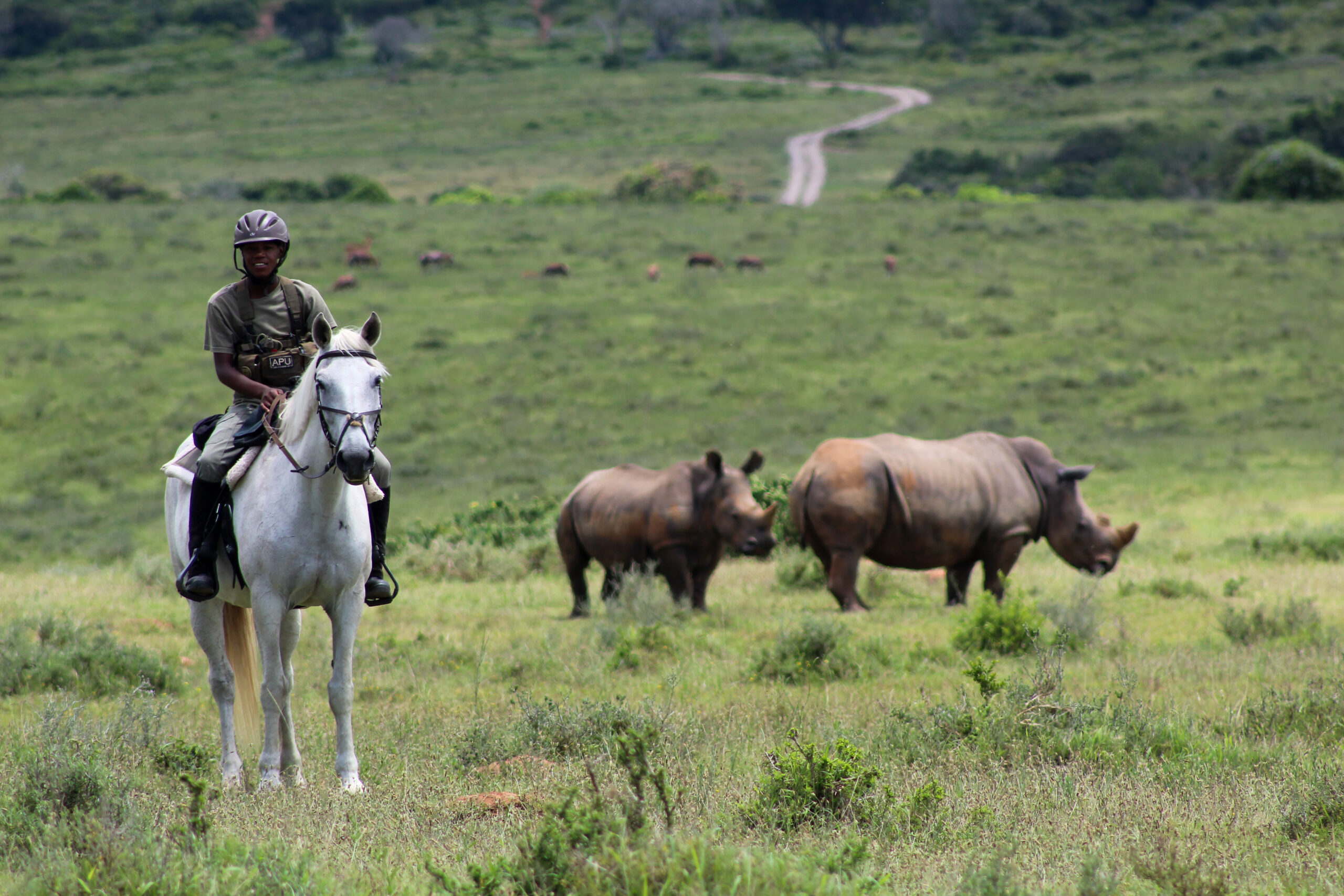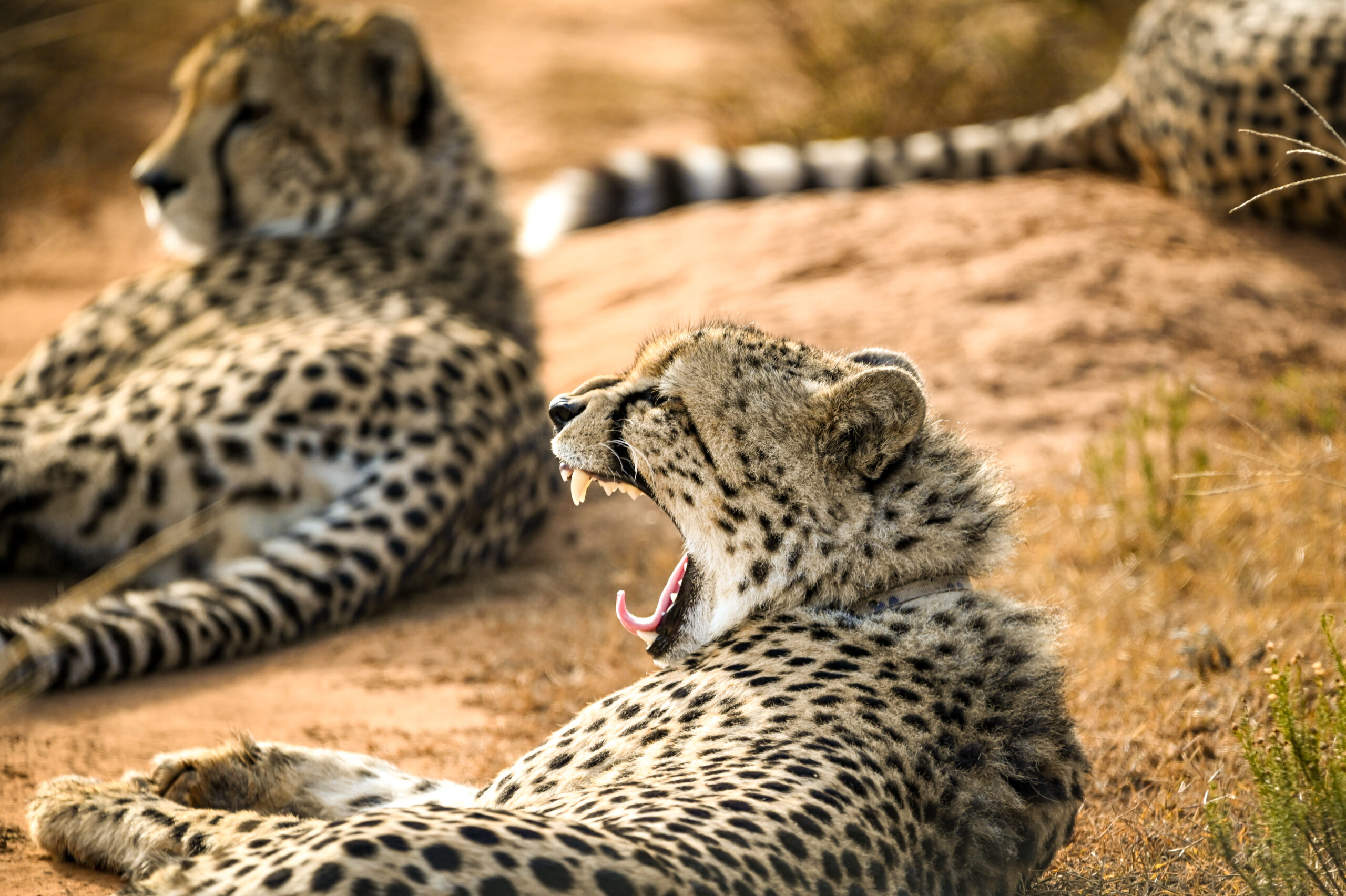

COMMUNITY-DRIVEN
Global Conservation Force not only focuses on anti-poaching and education, but also empowers local communities to...
LEARN MORE

PROTECT THE DEFENSELESS
With our relentless anti-poaching efforts, impactful education initiatives, and community-based conservation projects, we're...
READ MOREJOIN
to
THE
FIGHT
SAVE ENDANGERED SPECIES WITH
GLOBAL CONSERVATION FORCE
- A Force to Be Reckoned With
Join the Global Conservation Force and Help Save Endangered Wildlife Together

Holding the Frontline
Global Conservation Force brings together a team of experts, volunteers, and community members to work towards saving endangered species.
Explore the breathtaking beauty of the African wilderness while visiting key conservation partners and programs. Witness the bravery of anti-poaching units in action, experience a thrilling K9 conservation demonstration, and […]
Join us for an unforgettable afternoon at Global Conservation Force’s 9th Annual Wildlife Gala on November 3rd at the stunning Wilson Creek Winery in Temecula. Embrace your wild side with our ‘Wild at Heart’ theme and don your craziest animal print outfits for a day of fun and philanthropy.
Embark on an unforgettable ecotour in South Africa, presented by Global Conservation Force in collaboration with Wilson Creek Winery. This immersive journey begins May 21st 2025 with 6 days in the Western Cape (Cape Town Region) of South Africa, where participants will explore the vibrant cityscape of Cape Town and indulge in the renowned wine culture of Stellenbosch, home to some of the world’s finest vineyards.
News & Events

Events
New Ecotour Safari! October 2024
Embark on a Journey for Wildlife:Join the GCF Ecotour and Make a Difference in Conservation! Join us for an unforgettable 6-night, 7-day safari adventure in South Africa with Global Conservation […]
Mike Veale
0 Comments

News & Updates
Anthony Porter Joins GCF As Ambassador
Anthony Porter is a passionate environmental educator who seeks to inspire people across the planet to take that next step to adventure outdoors. He’s known for his engaging nature expertise, archery prowess, […]
Mike Veale
2 Comments

Rhinos
9th Annual Wildlife Gala
Sunday, November 3, 2024 at 11:30 AM – 3:30 PM PST Wilson Creek Winery – Main Event Hall 35960 Rancho California Road Temecula, CA 92591 Join us for an unforgettable […]
Mike Veale
0 Comments

Rhinos
Shining a Light on Rhino Poaching: ‘The Last Ranger’ Film Screening at Chautauqua Institution
David Lee and Mike Veale recently presented on rhino poaching and conservation solutions using “The Last Ranger” short film at the Chautauqua Institution. The event took place at 9:15 p.m. […]
Mike Veale
0 Comments
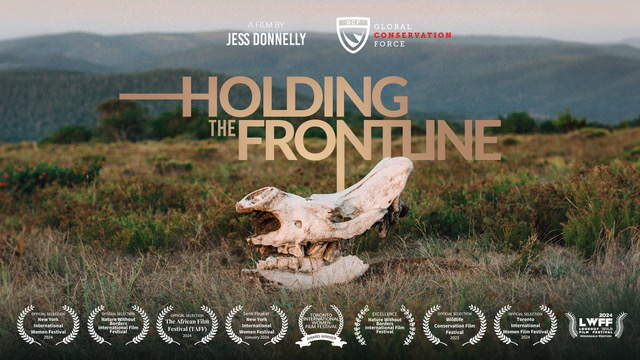
Rhinos
WATCH – Holding the Frontline
"Holding the Frontline" is an impactful short conservation documentary set in South Africa.
Mike Veale
0 Comments
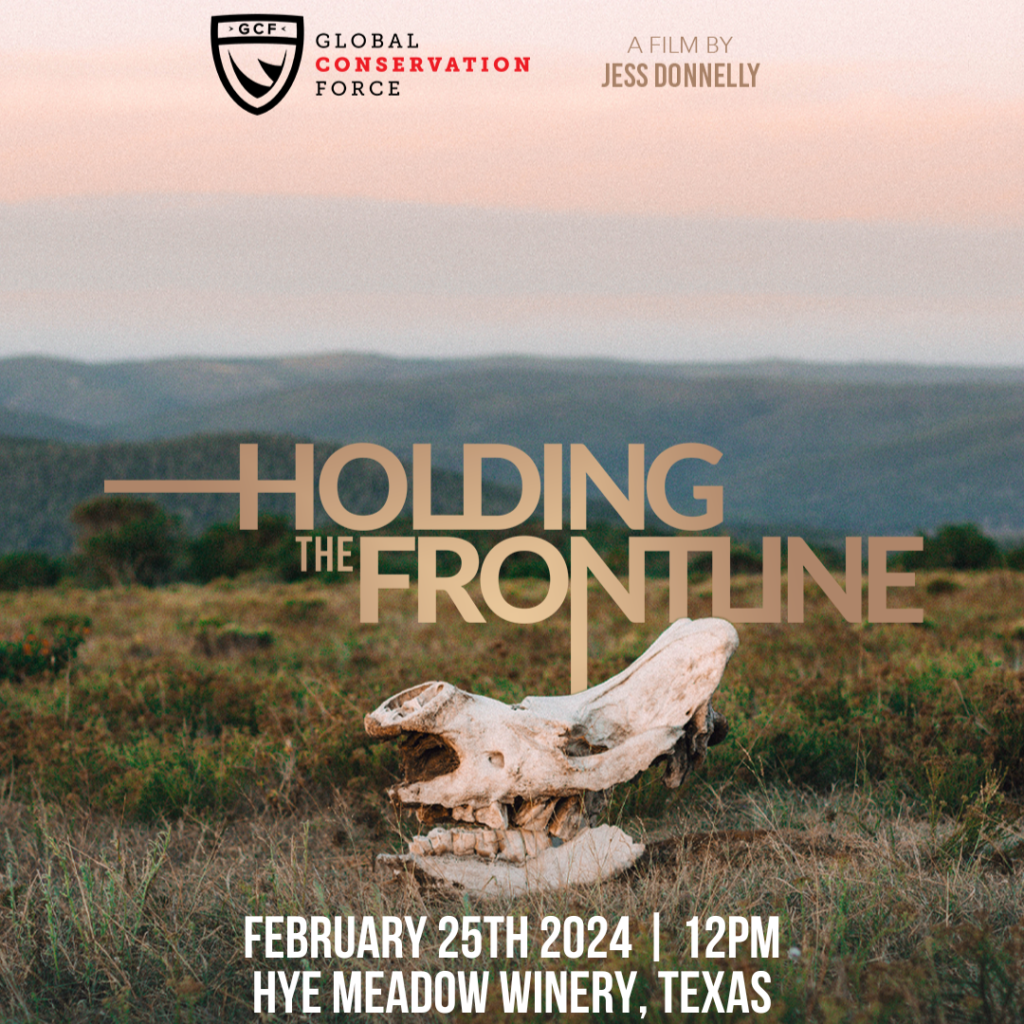
Rhinos
Holding The Frontline Viewing and Fundraiser Austin, Texas
Are you passionate about wildlife conservation and the protection of endangered species? If so, then come by Hye Meadow Winery as you’re invited to the Texas Hill Country premiere of […]
Natasha Frolander
0 Comments

Events
Wildlife and Wine Ecotour
Embark on an unforgettable ecotour in South Africa, presented by Global Conservation Force in collaboration with Wilson Creek Winery. This immersive journey begins May 21st 2025 with 6 days in […]
Natasha Frolander
0 Comments
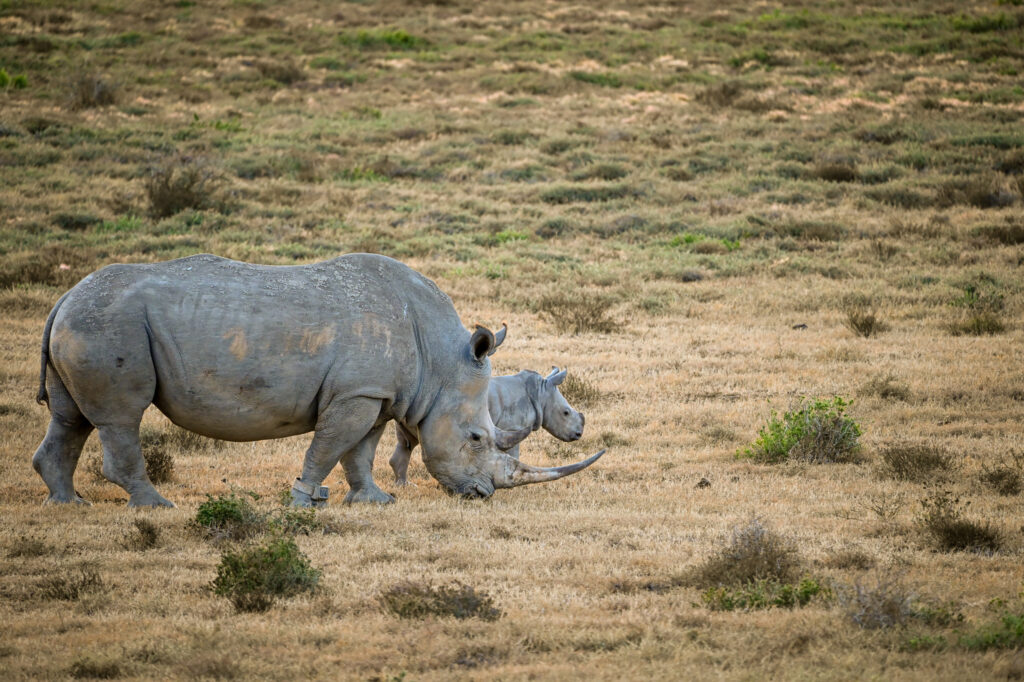
Events
Holding The Frontline Screening & Rhino Conservation Discussion – Temecula, California
Wilson Creek Wine Safari Discussion with a private screening of “Holding The Frontline” Join us for an Epic South African Wine and Safari Adventure of a lifetime! We’re dusting off […]
Natasha Frolander
1 Comments

Want to collaborate with us?
Global Conservation Force brings together a team of experts, volunteers, and community members to work towards saving endangered species.
- Fighting Extinction, One Species at a Time
Every donation is an essential help for each animal's life
Ongoing Projects
CONNECT
- P.O. Box 956 Oceanside, CA 92049
- info@globalconservationforce.com
- EIN 474499248
- Copyright 2024. All Rights Reserved. Powered by Wild Media.







